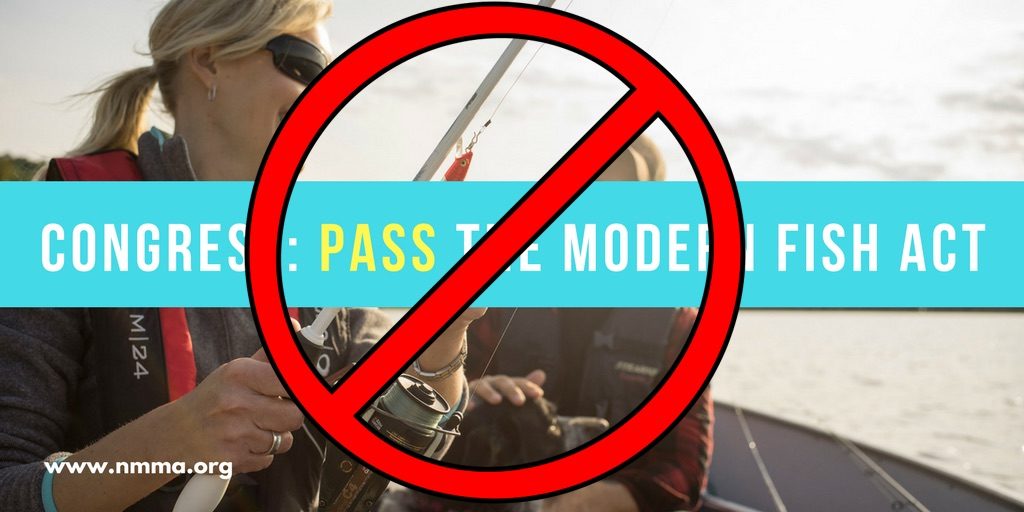
Since early in 2017, anglers have been bombarded with propaganda, produced by a very well-funded, very sophisticated public relations campaign, intended to gain their support for legislation that its proponents call the “Modern Fish Act.”
Depending upon just which bit of PR you happen to read, the “Modern Fish Act” rhetoric might be applied to H.R. 2023, S. 1520 (both of which are true “Modern Fish Act” bills, formally titled the “Modernizing Recreational Fisheries Management Act of 2017”), or even H.R. 200, which isn’t really a “Modern Fish Act” bill at all, but a much more comprehensive, and much more dangerous, piece of legislation actually titled the “Strengthening Fishing Communities and Increasing Flexibility in Fisheries Management Act, that has been bouncing around in, and regularly rejected by, Congress for at least the last five or six years.
Whichever bill is being discussed at the time, the goal of the Modern Fish Act is to increase recreational landings, generally at the expense of the commercial fishing sector and always by weakening the conservation and stock rebuilding provisions of the Magnuson-Stevens Fishery Conservation and Management Act, a bill that has slashed the number of overfished stocks, and the number subject to overfishing, over the past twenty years.
Despite the folks who call such bills “modern,” they represent a step backwards; depending on the particular bill involved, instead of truly modernizing the federal fishery management process, by weakening critical provisions of Magnuson-Stevens, they would actually move the process backwards, to where it was ten or even twenty years ago.
LINK (via: One Angler’s Voyage)





